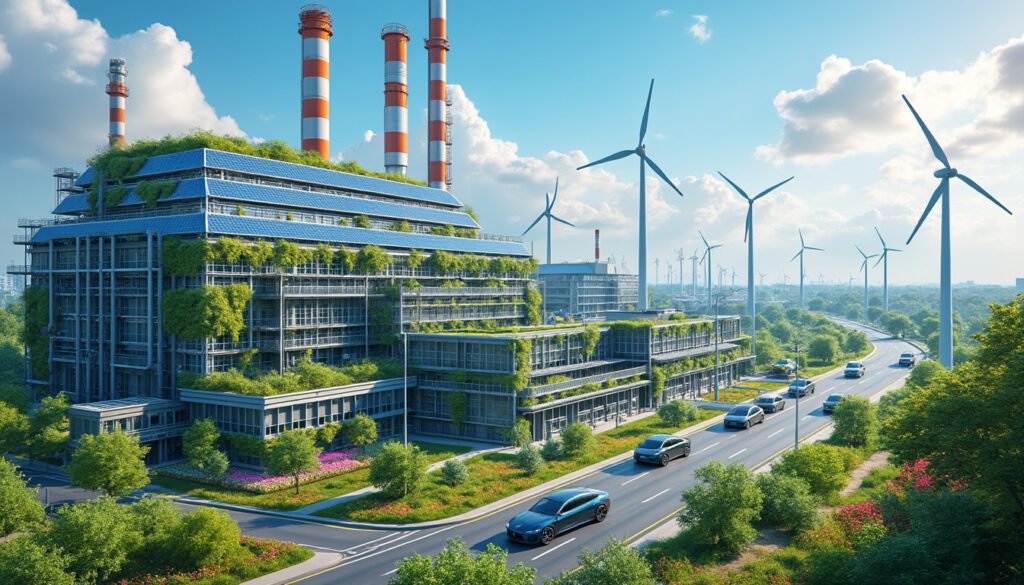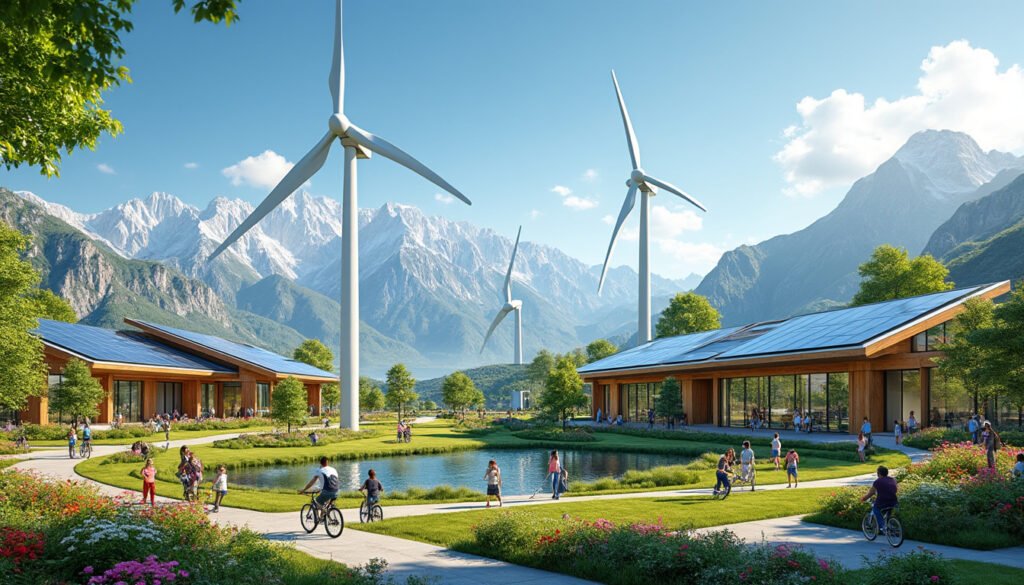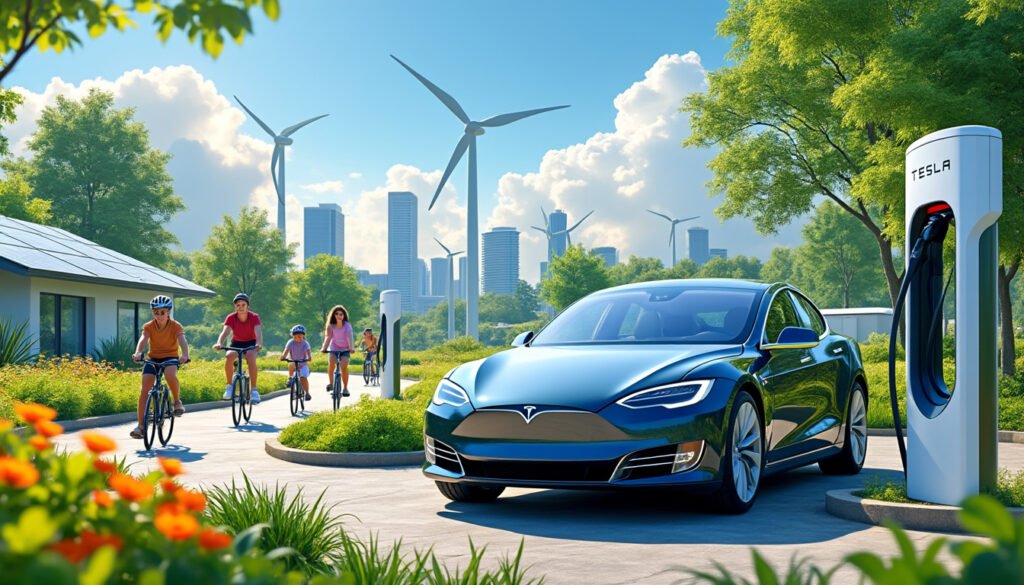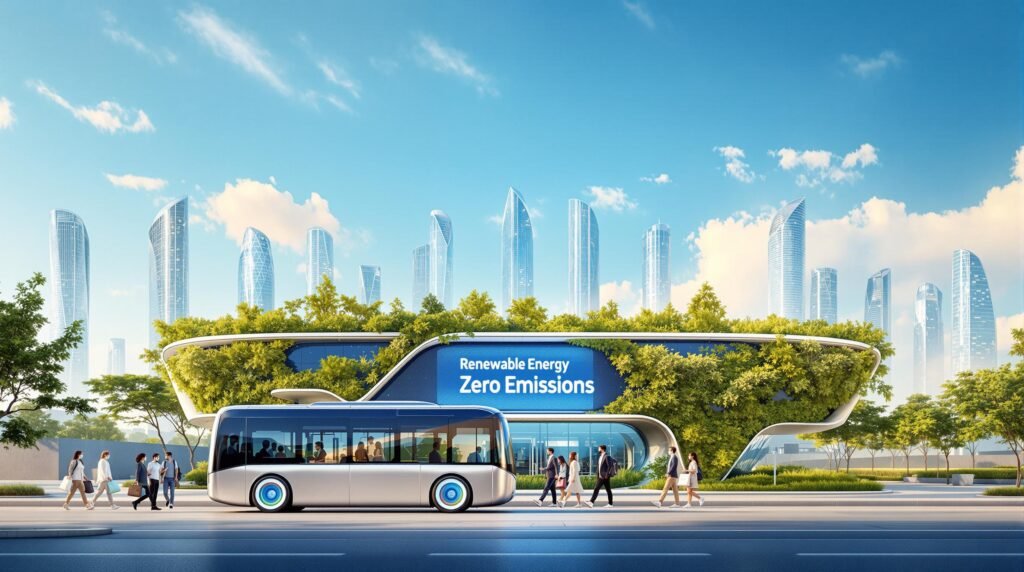As industries worldwide grapple with escalating pressures and expectations around sustainability, the challenge of decarbonization has emerged as a central focus. Organizations are increasingly recognizing the critical need to shift towards greener practices, but often lack actionable strategies to implement these changes effectively. This gap between aspiration and execution can hamper progress towards environmental goals, ultimately impacting competitiveness and compliance in an evolving regulatory landscape.
The implications of failing to embrace decarbonization are profound. Companies that neglect this shift risk falling behind their more environmentally-conscious competitors, facing stricter regulations, and experiencing negative public perception. Meanwhile, those that successfully integrate sustainable practices will not only foster a positive brand image but will also carve a path towards innovation and operational efficiency.
To navigate these challenges, it is essential for organizations to apply clear decarbonization strategies tailored to their specific contexts. By leveraging advanced technologies and adopting sustainable business models, companies can transform their operations and contribute to a more sustainable future.
Understanding Decarbonization and Its Importance
Defining Decarbonization
Decarbonization entails the reduction or removal of carbon dioxide emissions associated with various activities, particularly in the industrial sector. As climate change becomes an increasingly pressing concern, the transition to low-carbon alternatives has become imperative for businesses globally. This requires not only the adoption of renewable energy sources but also reshaping production processes and supply chains to mitigate their carbon footprint.
Several leading companies are already at the forefront of these innovations. Siemens is implementing digitalization and smart infrastructure solutions, while General Electric focuses on renewable energy technologies. Schneider Electric leads in energy management and automation, establishing energy-efficient systems in various industries. These companies exemplify how strategic investments in technology can underpin broader decarbonization efforts.
The Decarbonization Gap: Current Challenges
Despite the urgency to decarbonize, many organizations face significant challenges. Difficulties include varied regulatory frameworks, the complexity of transitioning existing operations, and the need for substantial financial investment in new technologies. Moreover, the ongoing reliance on fossil fuels in key sectors further complicates these efforts.
Key challenges confronting industries include:
- The high upfront costs associated with renewable energy technology implementation.
- A lack of clear incentive structures for businesses to adopt decarbonization strategies.
- Insufficient understanding of how to integrate sustainability practices within traditional business frameworks.
- The challenge of maintaining competitiveness while pursuing environmentally friendly initiatives.
Key Methods for Successful Decarbonization
To effectively tackle these challenges, a structured approach towards adopting decarbonization strategies is essential. Successful organizations typically implement a range of methods, including:
| Decarbonization Strategy | Description | Example Companies |
|---|---|---|
| Renewable Energy Adoption | Transitioning to solar, wind, and other renewable energy sources. | Vestas, Iberdrola |
| Energy Efficiency Improvements | Upgrading systems and equipment to minimize energy use. | Honeywell, ABB |
| Carbon Capture and Storage | Technologies to capture and store CO2 emissions. | Ballard Power Systems |
| Sustainable Supply Chain Management | Adopting practices to minimize emissions throughout the supply chain. | Enel, Tesla |
| Embracing Circular Economy Principles | Designing processes to reuse and recycle materials efficiently. | General Electric, Schneider Electric |
Strategic Implementation of Decarbonization
Assessing Current Carbon Footprint
The initial step towards decarbonization involves a thorough assessment of the current carbon footprint. This includes evaluating energy consumption patterns, identifying key sources of emissions, and understanding regulatory compliance needs. This phase is crucial for tailoring effective decarbonization strategies that are specific to an organization’s operations and aspirations.
Setting Clear Targets and Objectives
Post-assessment, organizations should establish clear, measurable targets for reducing carbon emissions. These goals might include ambitious timelines for achieving net-zero emissions or specific percentage reductions in emissions over set periods. Aligning these targets with overarching business objectives ensures that sustainability remains a central theme across all organizational strategies.
Engaging Stakeholders and Fostering Collaboration
Successful decarbonization requires collaboration across different departments and with external stakeholders. Engaging employees, suppliers, and customers in sustainability initiatives not only fosters a culture of accountability but also promotes innovative solutions that can further drive decarbonization efforts.
Businesses may also consider partnerships with other organizations to share best practices and resources for sustainability. Joining coalitions or industry groups dedicated to decarbonization can accelerate progress and facilitate shared learning among peers.
Technological Innovations Driving Decarbonization
Adoption of Digital Tools and Automation
Digital transformation plays a crucial role in the decarbonization process. Intelligent solutions, such as real-time data analytics, are integral for monitoring and optimizing energy consumption. Tools like predictive maintenance and automated controls can significantly enhance operational efficiencies while reducing waste and emissions.
Renewable Energy Systems Integration
Integrating renewable energy systems, such as solar panels and wind turbines, is critical for reducing reliance on fossil fuels. Many companies are investing heavily in these technologies to power their operational facilities. This transition is further supported by government incentives, subsidies, and evolving regulatory frameworks that favor renewable energy adoption.
Carbon Management Technologies
Carbon management technologies facilitate the capture, utilization, and eventual storage of carbon emissions. These solutions are vital for industries facing stringent emission regulations and provide avenues for carbon credit acquisition. Companies like Ballard Power Systems are advancing carbon capture technologies, turning an imperative into a lucrative opportunity.
Sector-Specific Decarbonization Strategies
Energy Sector Initiatives
In the energy sector, firms like Iberdrola and Vestas are leading the charge in adopting renewable energy solutions. These companies focus on innovative energy production methods, including offshore wind and solar power projects. As nations push for stricter emissions targets, the energy sector must adapt accordingly to remain compliant while meeting growing demand.
Manufacturing and Industrial Applications
The manufacturing sector faces unique challenges in decarbonization, mainly due to its extensive use of fossil fuels and raw materials. Businesses are increasingly turning to innovative technologies like circular economy practices to minimize waste and optimize resource usage. Companies such as General Electric and Siemens are re-engineering their manufacturing processes to align with sustainability goals.
Key strategies in manufacturing include:
- Investing in energy-efficient machinery and equipment.
- Transitioning to low-carbon materials.
- Implementing closed-loop processes that reuse materials.
Transportation and Logistics Innovations
The transportation sector plays a pivotal role in decarbonization efforts. Initiatives around electric vehicles (EVs) and advanced biofuels are gaining traction. Companies like Tesla are at the forefront of the EV movement, significantly reducing emissions from one of the most carbon-intensive sectors. Logistics firms must also innovate by optimizing routes and employing alternative fuels to mitigate their environmental impact.
The Role of Policy and Regulation in Decarbonization Efforts
Global Regulatory Environment
As decarbonization becomes increasingly urgent, governments worldwide are shaping policies to facilitate this transition. Legislation around carbon pricing, emissions reduction targets, and renewable energy incentives plays a critical role in guiding industries. In Southeast Asia, governments are beginning to prioritize green initiatives, reflecting a global trend towards stricter sustainability mandates.
Catalyzing Corporate Action through Policy
Regulatory frameworks can serve to catalyze corporate action by establishing clear guidelines around emissions reductions. Policies that reward sustainable practices and impose penalties for exceeding emissions limits encourage organizations to prioritize decarbonization. Many companies are advocating for progressive policies that support innovation while ensuring environmental accountability.
Investing in Research and Development
Investing in research and development (R&D) is vital for driving innovations that facilitate decarbonization. Corporations that allocate resources towards R&D can explore groundbreaking technologies and practices that make sustainability more attainable. Collaboration with education institutions and research organizations can also yield beneficial partnerships that amplify the impact of decarbonization efforts.
| Type of Policy | Impact on Decarbonization |
|---|---|
| Carbon Pricing | Encourages industries to adopt low-carbon technologies and practices. |
| Subsidies for Renewable Technologies | Facilitates the transition to cleaner energy sources. |
| Mandatory Emission Reduction Targets | Drives accountability and measurable progress towards sustainability. |
| Incentives for R&D | Encourages innovation in sustainable technology. |
Conclusion and Future Perspectives on Decarbonization by 2025
The journey towards decarbonization presents significant challenges for industries across the globe, yet it also offers opportunities for innovation and growth. As the regulatory landscape evolves and technology continues to advance, organizations must embrace these changes and adopt proactive strategies to drive decarbonization effectively.
By leveraging AI, enhancing operational efficiency, and engaging stakeholders in this essential transition, companies can not only address pressing environmental issues but also position themselves favorably for future success in an increasingly competitive market. The commitment to sustainability will undoubtedly shape the future industrial landscape well into 2025 and beyond.
< otoyoutube query=”Decarbonization strategies for businesses”>






